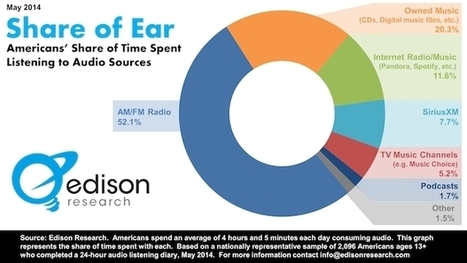A study released by the Acquity Group, part of Accenture Interactive, has found that 94 percent of B2B buyers conduct some research before making a purchase, with 55 percent of them doing so for at least half of their purchases.
XThe “State of B2B Procurement” report looked at 500 B2B procurement officers with annual purchasing budgets of approximately $100,000. The goal was to determine how B2B companies adapt and stay competitive through their purchasing decisions.
About 68 percent of B2B buyers purchase goods online, compared to 57 percent cited in the 2013 version of the study. Nearly 44 percent of respondents said that they researched goods and services on a smartphone or tablet over the past 12 months....
Via Jeff Domansky



 Your new post is loading...
Your new post is loading...

















Research on the path to purchase for B2B presents some fascinating insight .